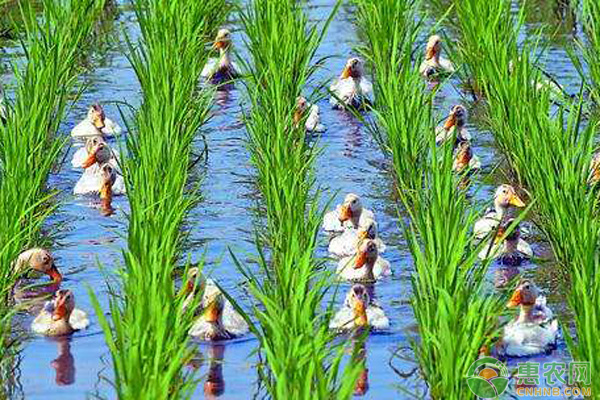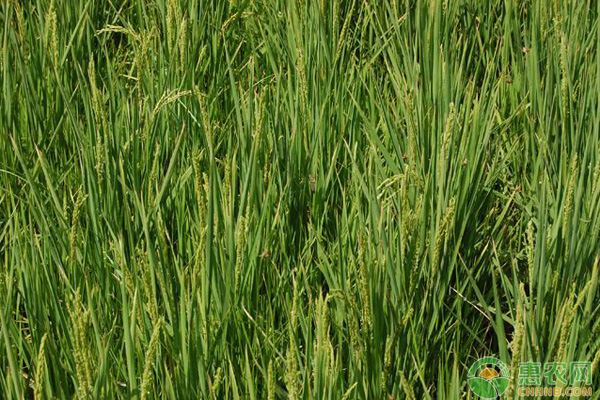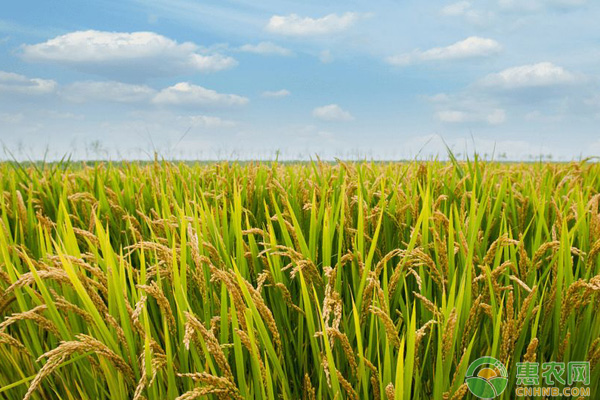Organic rice planting has good benefits, but the technical requirements are high. It is necessary to master these four points of management!
With the advancement of science and technology, the degree of mechanization continues to increase, the use of pesticides and fertilizers, and the output of agricultural products are getting higher and higher. However, enjoying the many advantages brought by technology has also brought many unfavorable factors, such as rice and vegetables grown. When pesticide residues and heavy metals exceed the standard, food safety has received great attention. Consumer demand for green agricultural products continues to increase, and the area of ​​growing organic rice is increasing.

Organic rice
Organic rice refers to green and non-polluted rice. It does not apply chemical fertilizer or spray pesticides during the whole growth period of rice. It is based on natural laws and ecological principles. It is irrigated with clean water source, organic fertilizer is applied, and reasonable farming measures are taken to control pests and diseases.
Key technical points of organic rice cultivation
The harmless green planting of rice is more stringent than the selection of field management and planting management techniques. In the organic planting base, most of the plants are planted on the field to trap the pests of the field pests, and the moth traps are arranged in the farmland to implement the ecological model management such as rice-duck farming and rice-shrimp farming. The following small series introduces you to several key technical aspects of organic rice cultivation.
First, the choice of field
Due to the years of use of chemical fertilizers and pesticides, many fields do not meet the cultivation conditions of organic rice. Planting selected fields of organic rice requires no pollution sources, clear water sources, and good soil, climate, and geographical conditions.
Second, fertilization management
1. For organic rice, the best results can be obtained by applying organic fertilizers such as cake fertilizer and green manure. A week before transplanting, first plant green manure (Ziyunying) into the field or sprinkle the decomposed cake fertilizer into the field.
2. Apply organic fertilizer at the key points of rice at the right time. In the early stage of rice tillering, the organic fertilizer is applied; when the flowering is taken, the leaf surface organic fertilizer is applied.
Third, weed management
1. Adopting 2 times of cultivated land method can effectively control the base of weeds;
2, cultivating and weeding, by manually removing and extracting weeds in the field;
3. After the transplanting of rice seedlings, when the seedlings grow new roots, the depth of the irrigation water can be appropriately increased, thereby achieving the purpose of protecting the seedlings. The irrigation water should be determined according to the height of the seedling height, and the water depth should not exceed the seedling core;
4. Adopt a duck-to-rice co-production mode and use ducks to weed the fields.

Fourth, the prevention and control of pests and diseases
1. Do a good job in cultivating strong and sturdy, rational close planting, scientific fertilizer and water management, timely land disposal and other agricultural measures to enhance the ability of rice to resist pests and diseases;
2. Install the trap of the cockroach moth moth;
3. Planting vetiver and cosmos on the field stalks to trap field pests;
4. Use the existing natural enemies, parasitic wasps, frogs, etc. to control the population of pests;
5. Adopt a duck-to-rice co-production mode to remove pests using ducks;
6. Prevention and control of biological pesticides: use biological pesticides and plant pesticides approved by organic certification bodies for prevention and control, Beauveria bassiana, "BT powder" and "matrine" for pests; Jinggangmycin for controlling sheath blight Treatment of rice blast with spring erodemycin.
V. Benefits of planting organic rice
According to practice calculations: organic rice yields about 600-800 kg per mu, and the rice yield is about 60%. One mu can produce about 360-480 kg of organic rice. The planting cost in one season is about 2,000 yuan, including land lease, mechanical operation, and organic Fertilizer, labor costs, etc., of which labor costs account for about 30%-40% of the total cost, that is, about 600-800 yuan.
In the market, the sales price per jin can reach 10 yuan, the output value per mu can reach 3600-4800 yuan, and the net income per mu is 1600-2800 yuan. The economic benefits are considerable, farmers are easy to increase income and get rich, and have good ecological and social benefits, so the development of organic rice cultivation is promising.

After looking at the benefit analysis of organic rice, do you really want to plant it? However, Xiao Bian reminded that organic rice cultivation should be strictly in accordance with the "Green Food Rice Production Technology Operation Regulations" and organic rice production requirements. Also pay attention to the key management points mentioned above.
YT-S350
Rechargeable Hearing Aid,BTE Hearing aid,analog Hearing aid
Shenzhen Sunshine Technology Co.,Ltd , https://www.szyatwin.com